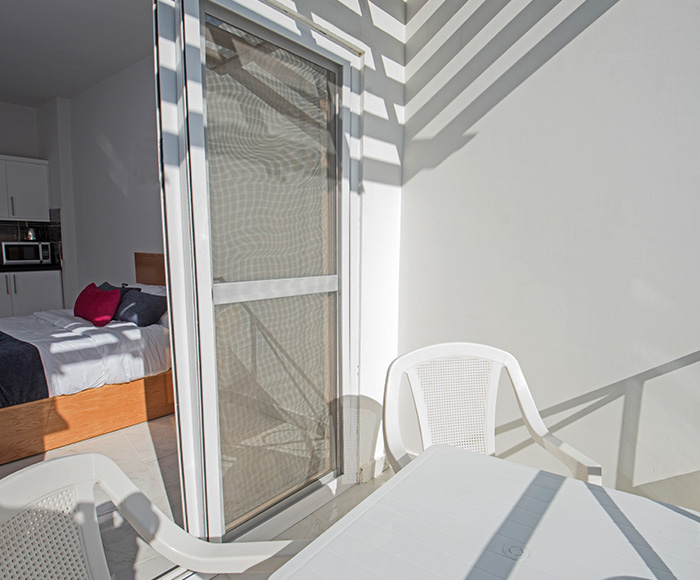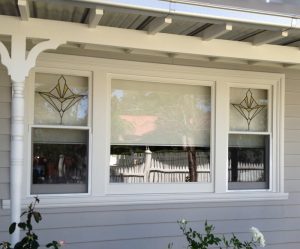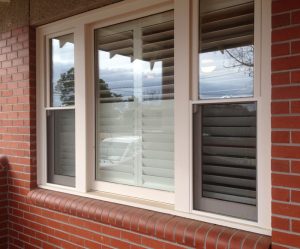How to Choose the Right Flyscreens for Your Home

Flyscreens are an essential addition to any home, offering a barrier against pesky insects while allowing fresh air and natural light to flow freely. However, with various options available, choosing the right flyscreen can be a daunting task. In this comprehensive guide, we’ll walk you through the key factors to consider when selecting the perfect flyscreen for your home.
The Versatility of Customisation
Custom fly screens are designed to fit your home like a glove. They are tailored to match the dimensions of your windows and doors, ensuring a snug and effective fit. This level of customisation allows you to choose the right frame, mesh type, and colour to seamlessly blend with your home’s architecture and décor.
1. Purpose and Location
The first step in choosing the right flyscreen is identifying its purpose and location. Are you looking to protect your bedroom from mosquitoes, create an insect-free dining area, or secure your entire home? Different locations may require different types of flyscreens, such as window screens, door screens, or even retractable screens for larger openings.
2. Material Matters
Whether you are looking for standard flyscreens or security screens, they come in various materials, each with its own set of advantages. Here are some common options:
STANDARD FLYSCREEN
- Fiberglass: Durable, easy to clean, and resistant to water, rust, and stains. Ideal for most residential applications.
- Aluminium: Sturdy and visually unobtrusive, offering heavy-duty protection while maintaining visibility.
- PET Mesh: A strong mesh option that combines beauty and strength with ultimate child and pet proofing.
SECURITY SCREEN
- Stainless Steel: Provides unhindered visibility and excellent resistance against corrosion and persistent pests.
- One way vision mesh: One-way vision security mesh for enhanced privacy and protection whilst maintaining outward visibility.
- Perforated Mesh: Perforated mesh is a solid aluminium mesh with evenly spaced holes, offering airflow, visibility and security. Ideal for oversized doors and windows.
3. Mesh Type
The type of mesh you choose can significantly impact your flyscreen’s effectiveness. Opt for a fine mesh to keep out even the tiniest insects. Specialised options like pollen or allergy mesh can also provide added benefits for specific needs.
4. Frame Options
Frames come in a variety of materials, including aluminium, timber, and uPVC. Consider the frame’s durability, maintenance requirements, and how well it complements your home’s aesthetics.
5. Custom Flyscreens
Every home is unique, and your flyscreen should be too. Look for customisation options that allow you to tailor the screen to your specific requirements. This includes choosing frame colours and mesh types that match your home’s décor and style.
6. Climate Considerations
Take into account your local climate. In areas with high humidity, consider materials that resist rust and corrosion. In hot climates, choose screens that provide UV protection to keep your home cool and comfortable.
7. Professional Installation vs. DIY
Decide whether you want to opt for professional installation or if you prefer a DIY approach. Professional installation ensures a perfect fit and may be necessary for larger or more complex installations.
8. Maintenance and Cleaning
Consider the ease of maintenance. Some screens require more upkeep than others. Regular cleaning and upkeep will help prolong the lifespan of your flyscreen.
Choosing the right flyscreen for your home is a crucial decision that can enhance your quality of life by keeping insects out while allowing fresh air in. By considering factors like purpose, material, mesh type, customisation, climate, and installation, you can select the perfect flyscreen that seamlessly blends with your home’s aesthetics and provides the protection and comfort you desire. Enjoy insect-free living and a breath of fresh air with the ideal flyscreen for your unique needs.
Related Posts

Custom Fly Screens: Tailoring Protection to Your Home
How to Clean Plantation Shutters: A Step-by-Step Guide Plantation shutters are a stylish and functional window treatment that can enhance…

Flyscreens: The Unsung Heroes of Home Comfort
Flyscreens: The Unsung Heroes of Home Comfort Flyscreens, often overlooked, play a pivotal role in enhancing the comfort and well-being…
